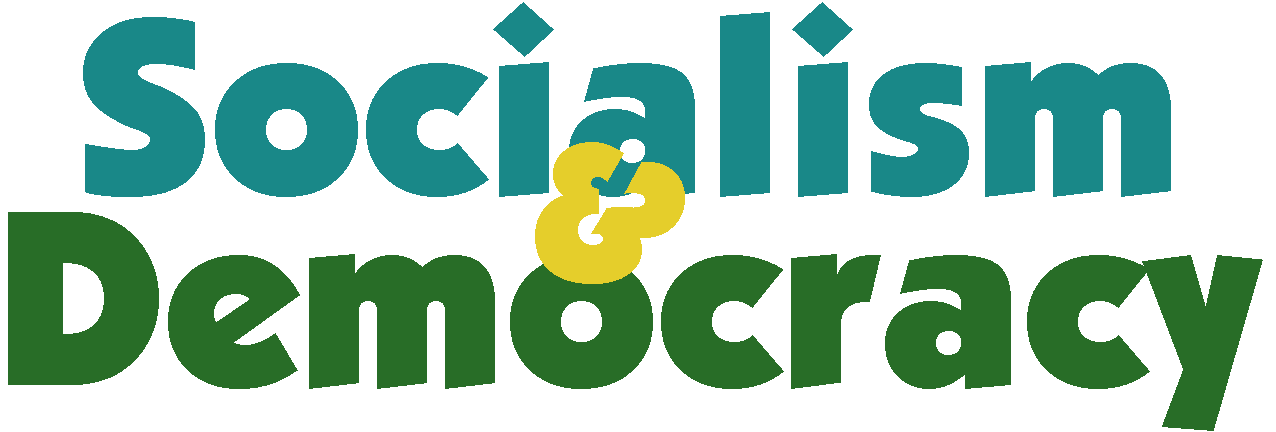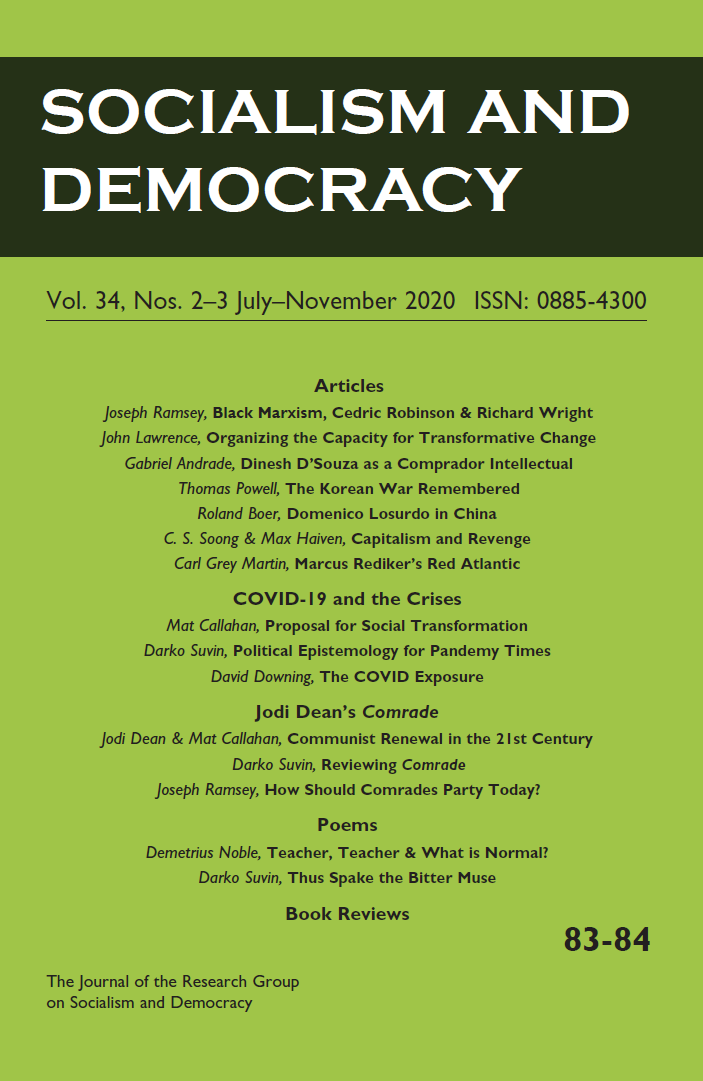Johanna Fernández, The Young Lords: A Radical History (Chapel Hill: University of North Carolina Press, 2020), Hardcover, 480 pp, $30.
In December 1969, the Young Lords captured widespread public attention when they occupied the First Spanish United Methodist Church in East Harlem in order to run their numerous “serve the people” programs. Inside the rechristened People’s Church, the Lords provided breakfast to school children, taught a series of political education classes, and ran a medical clinic. The People’s Church also hosted nightly cultural events meant to instill a sense of pride and comradery among the area’s Puerto Rican, Latinx, and Black American residents. It was during one of these open mic jam sessions that Pedro Pietri performed his epic poem “Puerto Rican Obituary” publicly for the first time. Pietri’s poem captures the conditions of state violence, exploitation, discrimination, and despair ravaging Puerto Rican communities in the United States. Although Puerto Rican migrants and their children were stuck in a colonial time loop where they “All died yesterday today/ And will die tomorrow,” Pietri’s poem also points to the emergence of a radical politics grounded in a praxis of self-determination – a “que pasa Power” rooted in decolonial, anti-racist, and anti-capitalist love for the people. Although Pietri was more a fellow traveler rather than member of the Young Lords, his work captured the efforts undertaken by young Puerto Ricans and their comrades to use whatever weapons were at their disposal, including the arts, in the struggle for human liberation.
In The Young Lords: A Radical History, historian Johanna Fernández provides a meticulously researched and beautifully narrated account of the rise and fall of the Young Lords from the group’s beginnings as a street gang in Chicago, to its meteoric rise and bold victories in New York City, to the Lords’ eventual decline when they expanded their operations to Puerto Rico. Fernández’s book complements other books written about and by former Young Lords, such as Darrel Wanzer-Serrano’s book on the New York Young Lords, Iris Morales’ book on the women of the organization, and Mickey Melendez’s memoir of his time as a Lord; however, her book is unique in its scope and the breadth of archival research and interviews that underpin its narrative. Fernández reconstructs the history of the Young Lords using the literature they left behind, including internal documents, their newspaper Palante, personal papers, and audio and visual recordings. Over the course of her research Fernández conducted close to 100 oral history interviews with Young Lords and those who worked alongside them as well as people who traveled in their social orbit or were influenced by their activism. She also relied upon extant studies of the Young Lords, press accounts, municipal government documents, and COINTELPRO surveillance documents related to the group and its activities.
Most impressively, Fernández consulted never-before-seen records of the NYPD’s surveillance of the Young Lords and other radical groups operating in New York City, known as “the Handschu Files.” In 2014, Fernández sued the NYPD after years of Freedom of Information Act (FOIA) requests were unanswered or denied. The files, which hold over one-million surveillance documents compiled by the NYPD from 1952 to 1972, were finally made available in 2016. The Handschu Files, as well as pertinent COINTELPRO records, when coupled with the Young Lords’ own recollections, allowed Fernández to craft an incredibly detailed account of the extent of law enforcement subversion of the Young Lords and other radical groups of the period. This freedom of information activism on Fernandez’s part allows us to get a better grasp on organizational decline during this historical moment, which challenges the notion that personality clashes and ideological rifts alone explain the implosion of some of the era’s most important radical groups and the nation’s subsequent shift rightward.
While there can perhaps never be a fully comprehensive account of the Young Lords due to law-enforcement subversion
, as well as lingering ideological rifts and interpersonal tensions among former members, Fernández provides the most extensive study to date of the Young Lords as an organization. Importantly, throughout the book she deeply embeds the Lords within the various historical currents of the era such as the rise of the New Left, deindustrialization and urban disinvestment across the US, the Black power movement, the struggle for Third World liberation, student activism, increased labor militancy, and the shift in the colonial relationship between Puerto Rico and the United States marked by Operation Bootstrap and its aftermath. Most of the chapters are organized around specific “offensives” undertaken by the Lords such as the Garbage Offensive, which fought for increased sanitation in East Harlem, or the Lincoln Offensive, which fought for better and more accessible healthcare for the city’s poor. In her examination of each offensive by the Young Lords, Fernández carefully lays out what was happening at a variety of levels from neighborhood, to city, to state, to nation, to globally. For instance, in her discussion of the Lincoln Offensive, Fernández shows us that the Young Lords were not only responding to the abysmal healthcare accessible to New York City’s Puerto Ricans and other poor people, but that health became a key target of intervention for the Lords because they were influenced by the successes of Cuba’s health programs. She also takes the reader through the various ways in which healthcare was being restructured as a result of local and federal policy at the time and which resulted in medical care that was poorer quality, less accessible, and unaffordable for poor people and people of color. The various offensives waged by the Young Lords function as microcosms for examining the political and structural transformations of the era and the quotidian wars of position that erupted in an attempt to transform society. In many ways, this book is not just a story about the Young Lords. Rather, through Fernández’s skillful retelling, the Young Lords become a lens through which to understand the historical conjunctures that marked the late 1960s and early 1970s, ruptures that we continue to grapple with today.
Perhaps the most important intervention that Fernández makes in the book is her argument that we must understand that “the Young Lords are first and foremost heir to the black power movement” (7). The Young Lords are often discussed as influenced or inspired by the Black power movement, which, while true, does not fully reflect the ways that the Young Lords were an explicitly Black power organization largely comprised of Afro-Puerto Rican and Black American activists. Indeed, the leadership of the organization was visibly Black, as was a large number of the rank and file. In addition to the visible Afro-Puerto Rican and Afro-Latinx presence in the organization, Fernández notes between 25 and 30 percent of the group’s membership were Black Americans. Black Americans were drawn to the organization due to the Lords’ Black leadership (both Afro-Puerto Rican and Black American) and the substantial number of Afro-Puerto Ricans among the rank and file. Additionally, the rise of the Lords coincided with a period of decline for the New York Black Panthers due to government subversion and political conflict within the group. The Young Lords’ commitment to Black power as an integral aspect of the struggle for Puerto Rican self-determination sometimes put the group into conflict with older generations of activists in Puerto Rico and its diaspora who privileged a white Hispanic identity and adhered to white supremacist notions of respectability. Thus, while the group was multiracial and multiethnic, “the Young Lords were a far cry from the older, island-born, disproportionately white or light-skinned political leadership that most Puerto Ricans were accustomed to seeing” (239). Throughout the book, but particularly in chapter 8, which deals with the politics of race and gender within the organization, Fernández shows that the Young Lords made common cause with Black Americans not only because they lived and labored in close proximity but also because they understood themselves as indebted to and part of the long history of Black freedom struggles. This critical reframing of the Young Lords’ history highlights the crucial role of Afro-Puerto Ricans in shaping the priorities of the organization. Fernández shows us that the Young Lords were not only in solidarity with the fight for Black liberation but were also active participants in those struggles as Black Americans and Afro-Puerto Ricans themselves.
As Fernández demonstrates, although the Young Lords’ existence was short-lived, they were highly successful in enacting their vision for a just and liberated society, which continues to have great resonance and significance 50 years later. The organization’s politics were groundbreaking in many respects, shedding light on the often taboo topics of racism, sexism, and homophobia in Puerto Rican communities, while “the women of the organization theorized ‘intersectionality’ before it became a thing” (381f). The Lords also were among the first to use the term “Latino” in order to create common cause with others who were similarly displaced “as a result of U.S. economic and imperial policies” in Latin America. What Fernández brilliantly demonstrates throughout the book is how the Young Lords sought to craft a liberatory project that understood self-determination at a variety of levels, from individual empowerment, to community control, to revolutionary nationalism, in a way that allowed the organization to be grounded in the specificities of the local while building solidarity with other oppressed communities across the United States and around the globe.
Marisol LeBrón
Mexican American and Latina/o Studies
University of Texas at Austin
marisollebron@austin.utexas.edu

